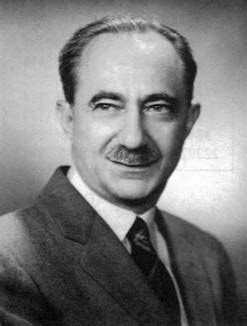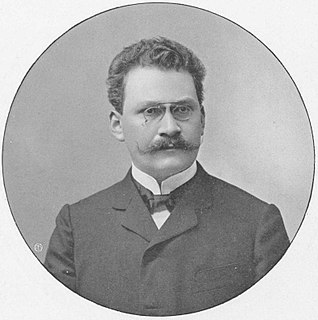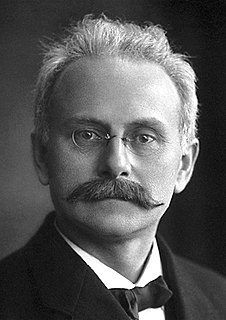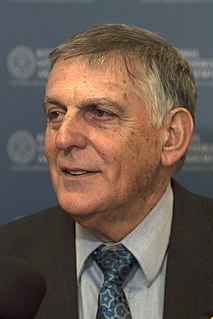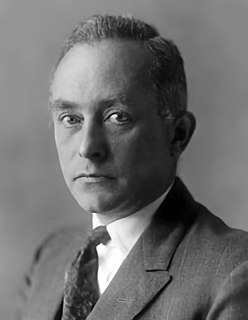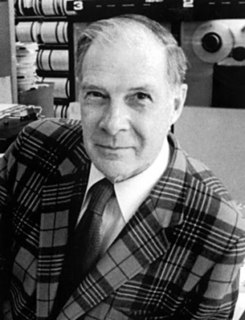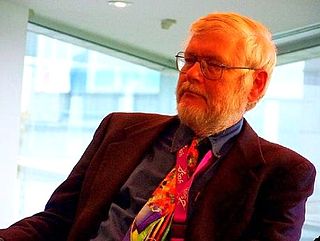A Quote by Paul Dirac
It was not until some weeks later that I realized there is no need to restrict oneself to 2 by 2 matrices. One could go on to 4 by 4 matrices, and the problem is then easily soluable. In retrospect, it seems strange that one can be so much held up over such an elementary point. The resulting wave equation for the electron turned out to be very successful. It led to correct values for the spin and the magnetic moment. This was quite unexpected. The work all followed from a study of pretty mathematics, without any thought being given to these physical properties of the electron.
Quote Topics
Any
Being
Correct
Could
Easily
Electron
Elementary
Equation
Followed
Given
Go
Held
I Realized
Later
Led
Magnetic
Mathematics
Moment
Much
Need
Oneself
Out
Over
Physical
Point
Pretty
Problem
Properties
Quite
Realized
Restrict
Retrospect
Seems
Some
Spin
Strange
Study
Successful
Then
Thought
Turned
Unexpected
Until
Up
Values
Very
Wave
Weeks
Without
Work
Related Quotes
Though determinants and matrices received a great deal of attention in the nineteenth century and thousands of papers were written on these subjects, they do not constitute great innovations in mathematics.... Neither determinants nor matrices have influenced deeply the course of mathematics despite their utility as compact expressions and despite the suggestiveness of matrices as concrete groups for the discernment of general theorems of group theory.
The rigid electron is in my view a monster in relation to Maxwell's equations, whose innermost harmony is the principle of relativity... the rigid electron is no working hypothesis, but a working hindrance. Approaching Maxwell's equations with the concept of the rigid electron seems to me the same thing as going to a concert with your ears stopped up with cotton wool. We must admire the courage and the power of the school of the rigid electron which leaps across the widest mathematical hurdles with fabulous hypotheses, with the hope to land safely over there on experimental-physical ground.
When you look back on a historical period of music, it seems so obvious to you what the characteristics of it are, but they're not obvious at the time. So, when I look back at my own work, I could easily write a very convincing sort of account of it that made it look like I had planned it all out from day one and that this led logically to that and then I did this and then that followed quite naturally from that. But that's not how it felt.
Crystallographers believed in X-ray results, which are of course very accurate. But the x-rays are limited, and electron microscopy filled the gap, and so the discovery of quasicrystals could have been discovered only by electron microscopy, and the community of crystallographers, for several years, was not willing to listen.
The laws of science, as we know them at present, contain many fundamental numbers, like the size of the electric charge of the electron and the ratio of the masses of the proton and the electron .... The remarkable fact is that the values of these numbers seem to have been finely adjusted to make possible the development of life.
Can a physicist visualize an electron? The electron is materially inconceivable and yet, it is so perfectly known through its effects that we use it to illuminate our cities, guide our airlines through the night skies and take the most accurate measurements. What strange rationale makes some physicists accept the inconceivable electrons as real while refusing to accept the reality of a Designer on the ground that they cannot conceive Him?
It is a fascinating fact that father and son have given the most striking evidence for the apparently contradictory properties of the electron: the father proving its character as a particle, the son its character as a wave... Thomson was extremely proud of his son's success and tried to assimilate the new results into his old convictions.

